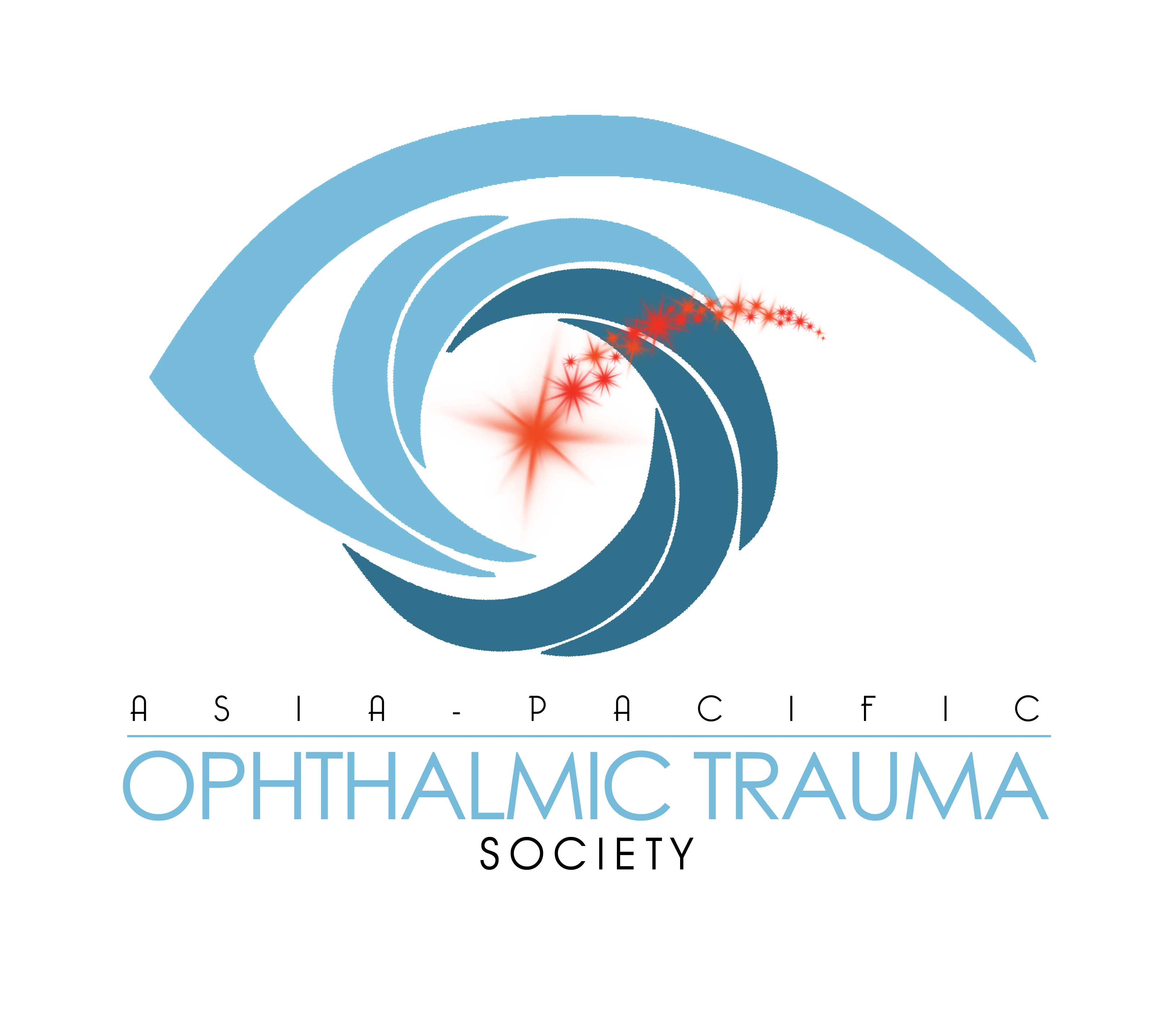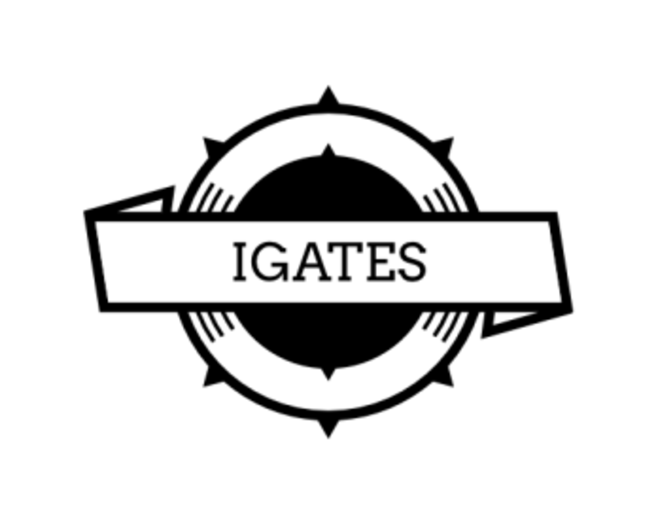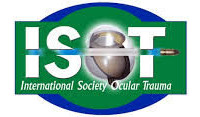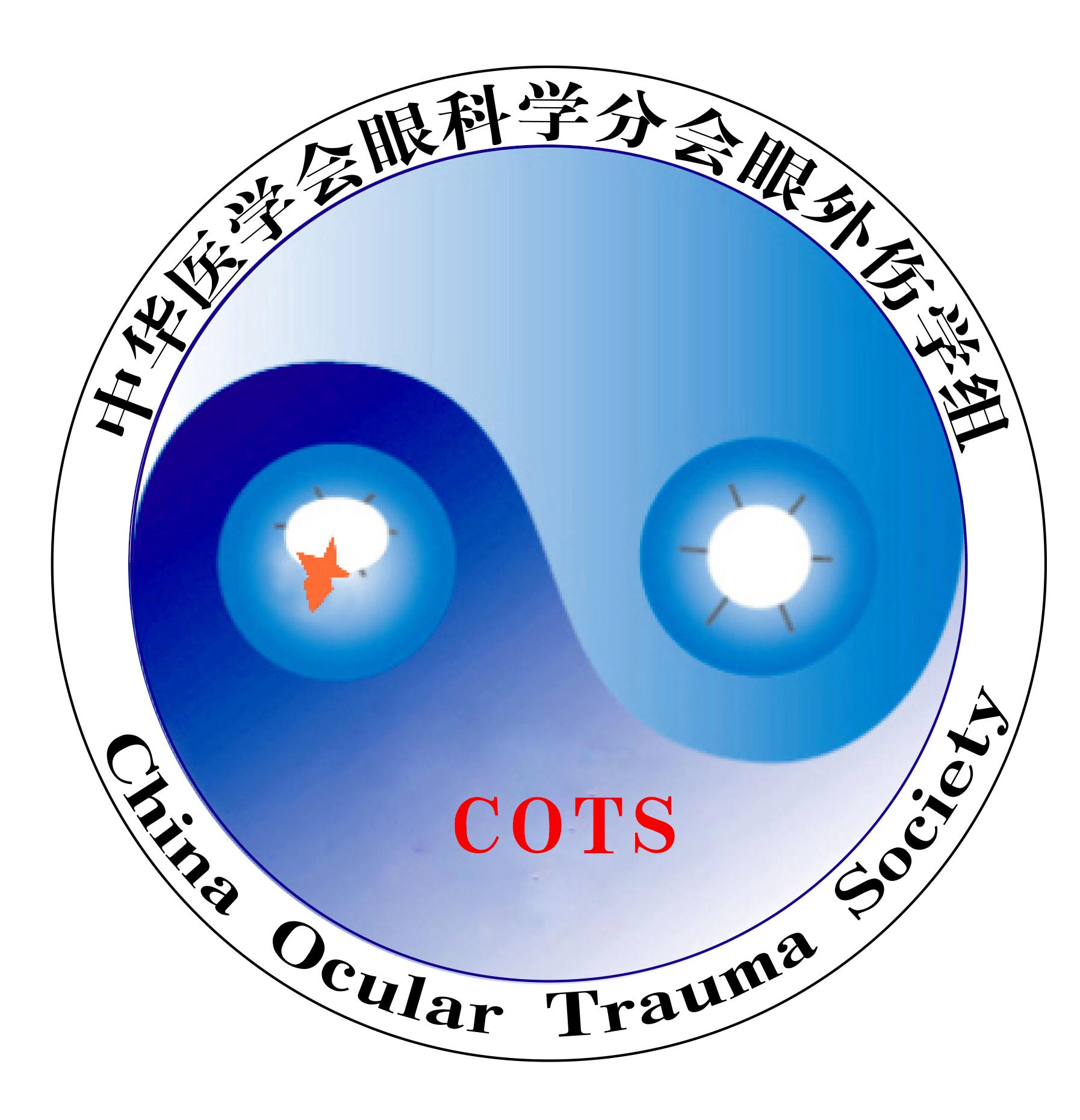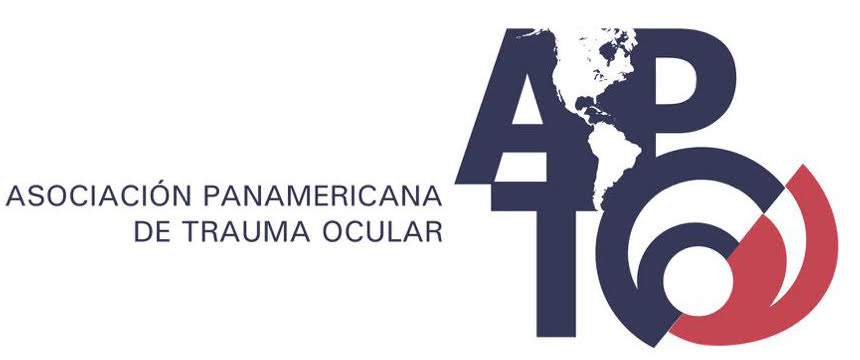The International Globe and Adnexal Trauma Epidemiology Study (IGATES)
The International Globe and Adnexal Trauma Epidemiology Study (IGATES) is a collaborative effort by the Asia Pacific Ophthalmic Trauma Society (APOTS), International Society of Ocular Trauma (ISOT), Chinese Ocular Trauma Society (COTS), Ocular Trauma Society of India (OTSI), PAN American Association of Ocular Trauma, All India Ophthalmological Society and American Society of Ophthalmic Trauma
Traumatic eye and facial injuries encompass a significant proportion of all patients presenting to emergency departments. Ocular trauma is associated with considerable morbidity and health care associated costs. The ability to predict and anticipate outcomes in patients with ocular trauma is critical to developing eye injury prevention strategies and appropriate treatment plans, as well as to advise and counsel patients.
The Birmingham Eye Trauma Terminology System (BETTS) and Ocular Trauma Score (OTS) have been widely adopted internationally since they were published and remain the benchmark for the classification of ocular trauma. Whilst the current OTS has significantly contributed in reducing the ambiguity about classification and assisted the prediction of outcomes for most open globe trauma, there remain some limitations and controversies. This includes the exclusion of adnexal injuries from the score. Further examples include whether the significance accorded to presenting VA is justifiable and whether RAPD is an absolute biomarker for the patient’s final visual outcome. First developed in early nineties, it is not known if BETTS and OTS accurately reflect current state of art trauma practice and outcome. In clinical practice, the BETTS and OTS classifications can be difficult as not all data is collected. We aim to build on the valuable aspects of the existing BETTS and OTS. Using big data analytics, cloud computing and machine learning, we aim to propose robust model incorporating a wider range of relevant markers relating to the outcome.
IGATES will comprise of three distinct phases.
IGATES-1 involves data collection of patients presenting with ocular trauma between 2006-2020 at all the participating centers. The findings from IGATES-1 will be used to design key elements of the Ophthalmic Trauma Score (OTS-2), which will be validated in the prospective study,
IGATES-2- This study will provide extensive data relating to the factors affecting the outcome of open globe injury and repair. The study is also anticipated to provide the largest data set of outcomes from globe and adnexal trauma to date.
Objectives of IGATES:
1) Identify the factors affecting the outcome of open globe and adnexal injury (ophthalmic trauma)
2) Develop a prognostic classification system for ophthalmic trauma
3) Conduct a large multicenter chart review of ophthalmic trauma utilizing the revised “Ophthalmic Trauma Score” (OTS-2)
Data entry
This method of a computerised data collection will help eliminate heterogeneity of data collected between the participating centers. Please be meticulous in entering the data as you will not be able to edit it once submitted. This form may be saved and continued at a later time, but cannot be accessed once it has been submitted. Random audits will be undertaken to ensure quality of the data, and the site investigator will be contacted if any revisions are required.
Please direct any queries to Prof Rupesh Agrawal (support@oculartrauma.com).
Supporting Content
DISCLAIMER
By participating in this study, all site principal investigators (PI) have confirmed that:
1. Ethics approval for conducting the study in their centre(s) has been obtained from their respective Institutional Review Boards (IRB), Domain Specific Review Boards (DSRB), and other relevant ethics review boards and/or the equivalent.
2. All data entered are correct and legitimate. The site PIs may be contacted for verifications of data entry if discrepancies are detected during data audits.
3. Data entry personnel of each participating center are responsible for anonymizing data entered according to the study protocol and will not enter data that contains any patient identifiers.
4. The steering committee will not be held responsible for any errors in data entry or any nonanonymized data.
5. The steering committee will have access to the data entered beyond the study period for research purposes and data will be shared with third-party statisticians for complex data analysis.
